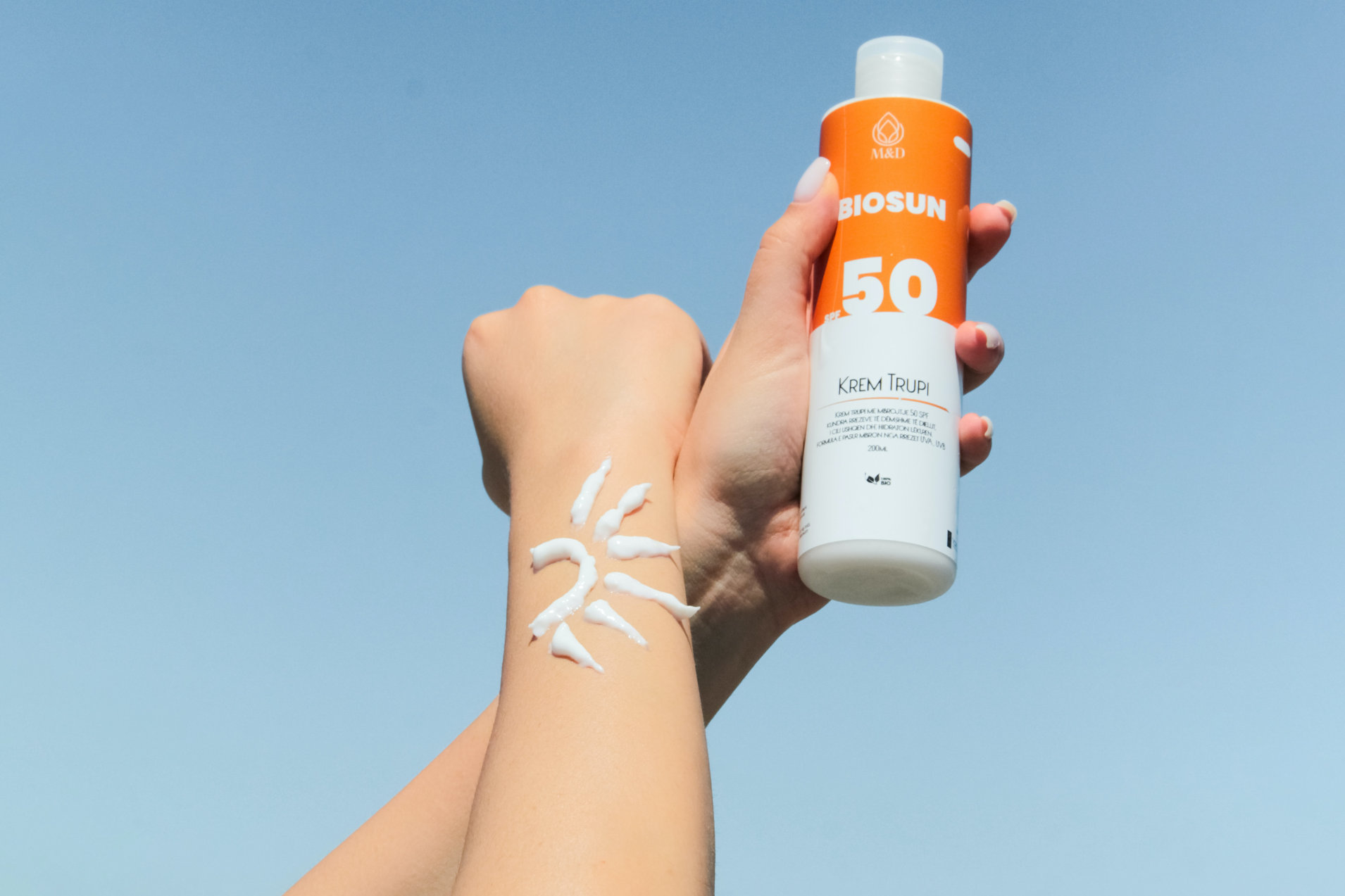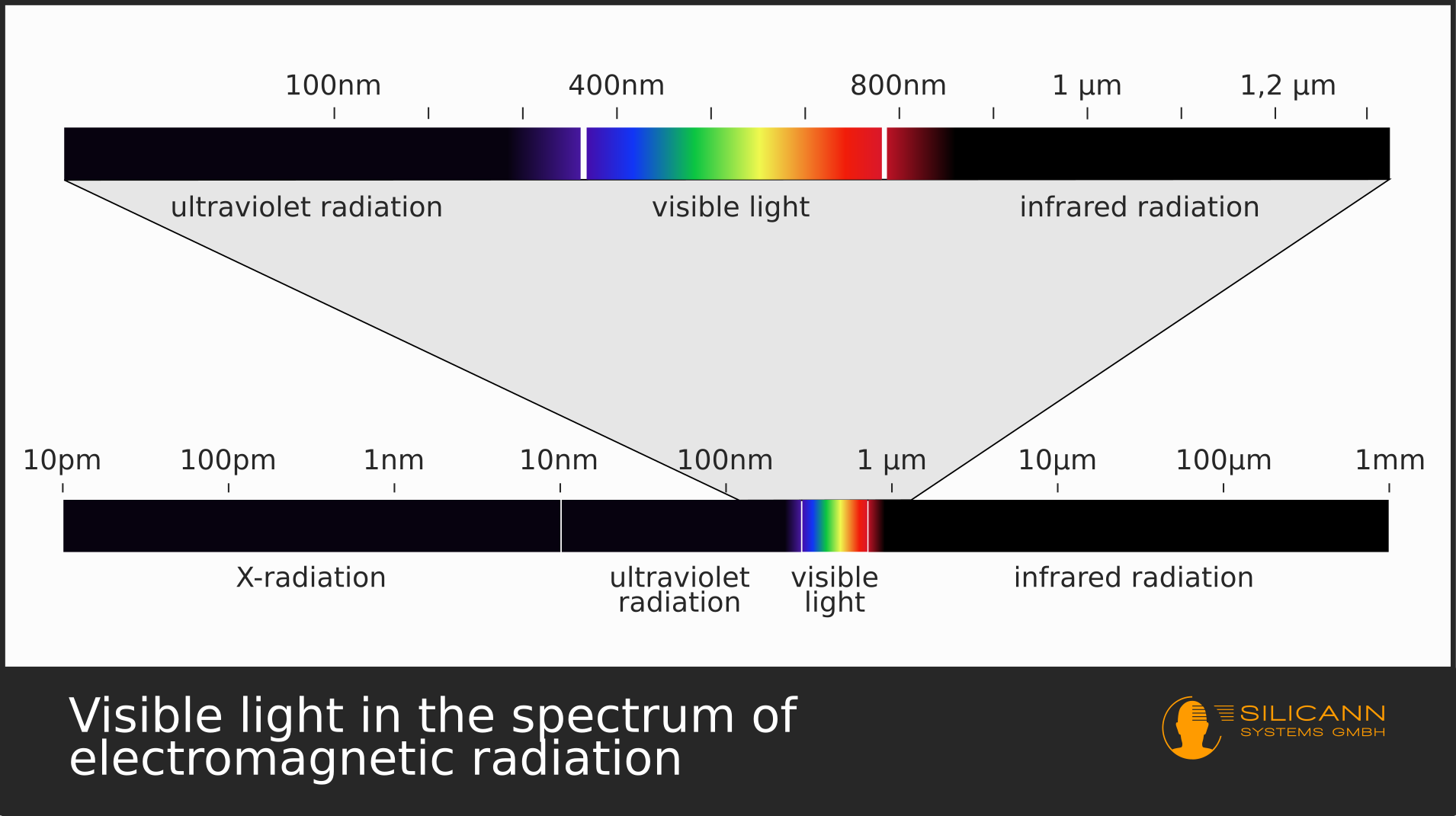Can you get a tan despite sunscreen?

By now, most people are aware that too much sunlight increases the risk of skin cancer. Correspondingly, the use of sunscreen has become quite common. The sun protection factor provides information about the respective strength of protection.
If sunscreen protects against skin cancer, why are people not buying only the strongest available sun protection factor available?
A common reason: people still want to get a tan - and assume that a high sun protection factor stands in the way. A good reason to take a closer look at the relationships between sun protection factor, sunburn, skin cancer and tanning.
Sunlight, UVA, UVB - all electromagnetic radiation.
Even if it is not exactly intuitively obvious at first glance, visible light, UV radiation, infrared radiation and even radio waves are in fact always the same physical phenomenon, namely electromagnetic radiation.
The essential difference between these forms of radiation lies in their wavelength. While the wavelengths of VHF radio waves are several meters, those of visible light are only 400-700 nanometers (nm). UVB and UVA radiation are between 290 and 400 nm (sometimes 280-380 nm, depending on the literature source - the 290-400 nm comes from an EU publication on sunscreens).

The shorter the wavelength, the more energy the individual radiation particles, the photons, contain. At the same time, the longer-wave UVA radiation penetrates deeper into the skin than the shorter-wave UVB radiation.
How does UV radiation damage the skin?
UVA radiation leads to the formation of free radicals
UVA radiation penetrates into the dermis. There, it causes increased production of so-called reactive oxygen species (ROS), better known as free radicals. Free radicals generally have an exclusively negative image because they can damage many different molecules: The reactive of reactive oxygen compounds comes from unpaired electrons in the shell of atoms that like to form bonds with other molecules. This leads to the alteration of the affected molecules, such as DNA, proteins, carbohydrates or lipids, which then can no longer perform their normal function in the cell.
Apparently, this happens because the body itself has a way of forming free radicals through the immune system, among other things, and does so continuously. At the same time, however, the so-called antioxidant network exists, which in turn, as a protective function of the body, leads to a balance of the respective active number of reactive oxygen compounds and the antioxidants that neutralize them. Apparently, the body uses these free radicals precisely because they damage cells - and in this way attacks developing cancer cells, for example.
UVA radiation and other environmental factors, such as smoking, now upregulate free radical production so that the balance between ROS and antioxidant network no longer works. As a result, there is increased cell damage in the dermis - the layer of skin that contains connective tissue, or collagen. Collagen is increasingly destroyed, leading to premature skin aging, known as photoaging: With poorly functioning connective tissue, the skin becomes flabbier and wrinkles increase.
UVB radiation damages DNA directly.
The higher-energy, shorter-wavelength UVB radiation penetrates only into the upper layers of the skin. There, however, it also causes more severe damage. UVB radiation acts as a mutagen, i.e. its influence leads directly to changes in the DNA of cells.
DNA is a very complex molecule, which, among other things, is composed of many copies of the four types of nucleic bases (adenine, thymine, guanine and cytosine). Through the respective sequence of these nucleic bases, the hereditary information is stored in the DNA.
UVB radiation now leads to the formation of cyclobutane-pyrimidine dimers (CPD) between neighboring copies of thymine and cytosine - and thus to changes in the genetic information, i.e. mutations.
This mechanism is also the reason why UVB radiation has a carcinogenic effect.
Does skin turn brown due to UV radiation?
Skin tans because we form pigments for this purpose: melanins. We humans have two types of these: pheomelanin is the pigment that colors hair red, while eumelanin provides brown to black coloring, depending on the amount. Most people produce both melanins in varying degrees. These melanins determine the coloration of skin, hair and the iris. The lighter pheomelanin has less protective effect against UV radiation than the darker eumelanin.
Skin tanning can now take place by two different processes: by coloring the existing pigments, and by forming new pigments. Which process is activated depends on the wavelength of the incident radiation.
UVA radiation mainly (but not only) activates direct pigmentation. In this case, the existing pigments are oxidized and thus darken. This process happens quite quickly and decreases after 24 hours.
UVB radiation, on the other hand, is essentially responsible for indirect pigmentation. When it hits the outer layers of the skin, the melanocytes, cells specialized in melanin production, are stimulated to form new pigments. These newly formed melanins are then distributed to the neighboring cells, resulting in tanning of the skin. Indirect pigmentation is only visible after one day, but lasts until the cell is replaced as part of the normal cell renewal process. This indirect pigmentation is the dominant cause for the visual impression of tanned skin than the short-term direct pigmentation.
In addition to indirect tanning (and skin cancer), UVB radiation is also the main cause of sunburn. However, this is not necessary for the tanning effect.
These diverse skin reactions do not strictly adhere to the radiation ranges that we humans ultimately define arbitrarily. In principle, UVA radiation can also lead to indirect pigmentation and also sunburn - however, in this case significantly higher radiation intensities or skin that has been particularly photosensitized by medication or cosmetics are necessary. The necessary amount of radiation would need to be so large, however, that the person concerned would get severe burns if UVB radiation were to increase by the same amount.
Can visible light also lead to tanning?
In addition, there is currently increasing evidence that even (short-wave) visible light can lead to tanning reactions - but only in darker skin types according to the Fitzpatrick scale. This six-point scale provides a simple classification of skin color, with Type 1 being lightest and Type 6 being darkest. The darker a person's skin, the more pronounced the tanning effect of visible light. Even for the darkest skin types, however, this effect is weaker than that of UVB radiation.

Sun protection factor and critical wavelength - which wavelengths does my sunscreen protect against?
The sun protection factor of a sunscreen indicates how much longer a person wearing the cream can lie in the sun without getting sunburned. Since we now know that sunburn is caused almost exclusively by UVB radiation, this means conversely that a high SPF sunscreen protects against sunburn and skin cancer, but not necessarily against skin aging and the formation of free radicals by UVA radiation.
That is why the concept of the critical wavelength was additionally introduced, which aims to also cover the UVA range. If a sunscreen protects against both UVA and UVB radiation, then the entire UV wavelength range from 290 to 400 nm should be covered if possible. The protective effect of a sunscreen is therefore measured in this range and then tested to see whether it is distributed as evenly as possible over all wavelengths. The more evenly the distribution, the further the critical wavelength approaches 400 nm, which marks the transition to visible light.
Formulated mathematically: The critical wavelength is defined as the wavelength at which the integral of the spectral absorption curve corresponds to 90% of the integral from 290 to 400 nm.

Here a UV spectrometer is used to measure what proportion of the radiation is absorbed per wavelength.
This definition of critical wavelength is not exactly easy to digest for most people, which is why the EU, for example, has prescribed a formulation that gives an easier-to-understand impression of the protective effect in four levels from "low" to "very high".
Conclusion: Tanned skin without risk of skin cancer?
People with the lightest skin types on the Fitzpatrick scale are out of luck: they hardly ever get a tan anyway, and they would have to pay dearly for this tan with UVB radiation and a corresponding risk of sunburn and skin cancer.
Darker skin types are more likely to have a tanning effect, despite a high sun protection factor, if they do without UVA protection. You would then "only" have to come to terms with prematurely sagging and wrinkled skin.
If you want to avoid both skin cancer and wrinkles, you should use sunscreen with a very high sun protection factor and UVA protection. And the tanning should come out of the tube.
By the way: Even with correctly applied sunscreen, people in most parts of the world synthesize enough vitamin D3 for their own needs.
Sources
- https://pubmed.ncbi.nlm.nih.gov/23111621/
- https://pubmed.ncbi.nlm.nih.gov/31069787/
- https://www.deutsche-apotheker-zeitung.de/news/artikel/2020/06/12/wie-schuetzt-melanin-die-haut-vor-uv-strahlung
- https://edoc.ub.uni-muenchen.de/8781/1/Schreier_Wolfgang.pdf
- https://eur-lex.europa.eu/LexUriServ/LexUriServ.do?uri=OJ:L:2006:265:0039:0043:DE:PDF



